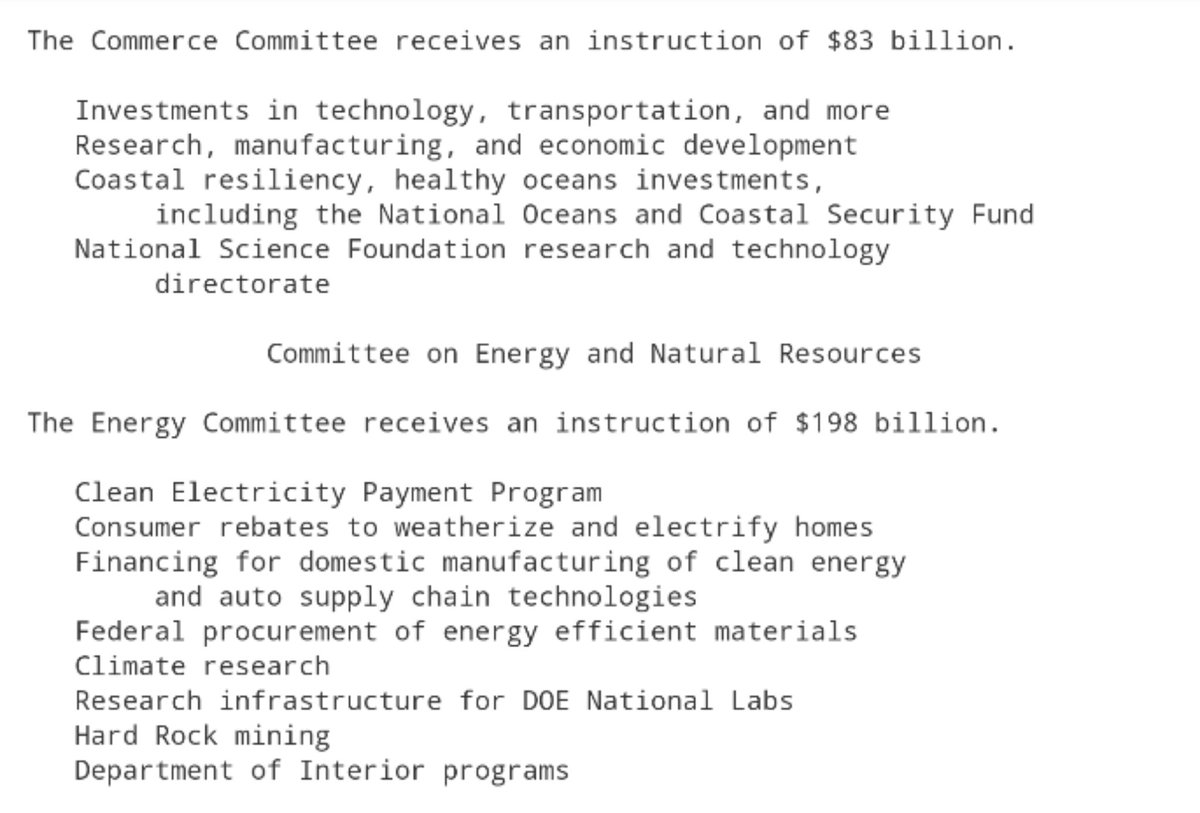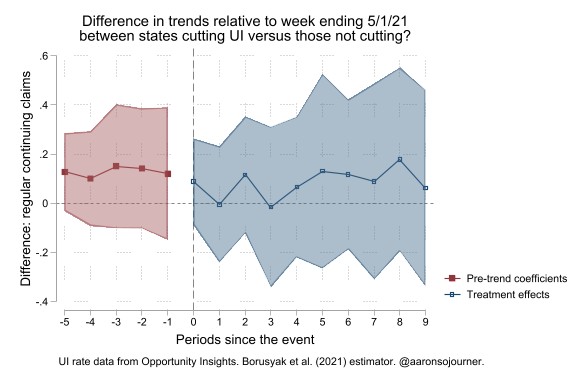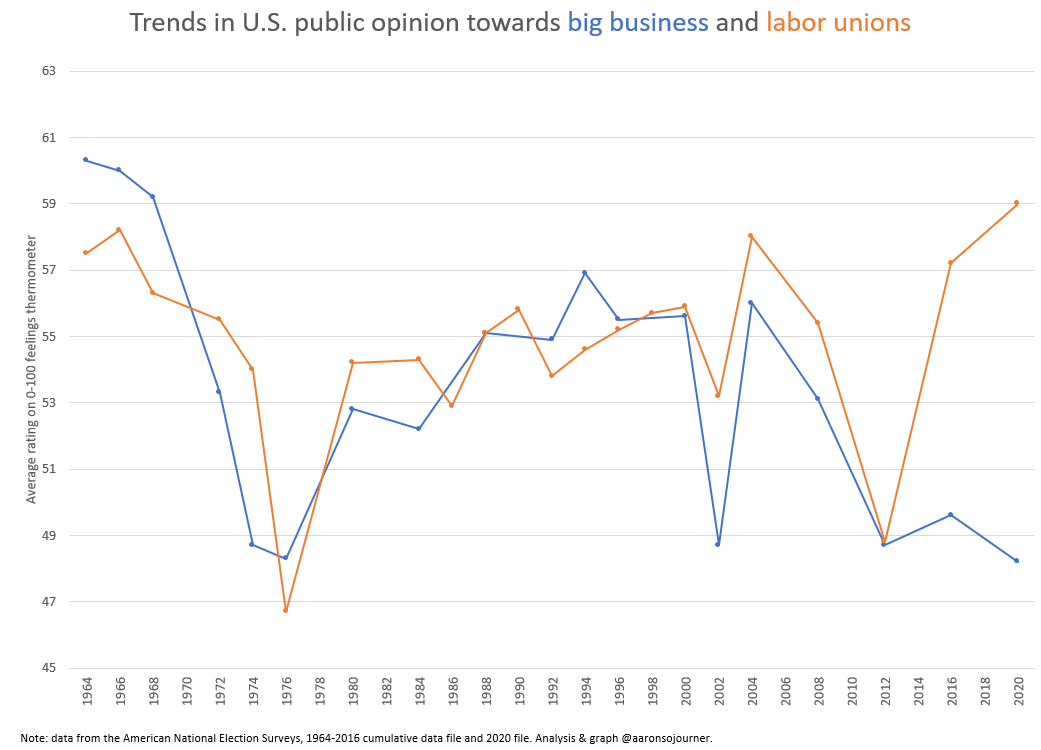
Coverage of the House passage of the reconciliation bill is terribly process oriented.
It's really hard to learn what's in bill & how it would affect Americans' lives.
nyti.ms/3zfieTv
It's really hard to learn what's in bill & how it would affect Americans' lives.
nyti.ms/3zfieTv
If the newspapers are reluctant to make their own independent characterizations, at least quote some pols, some think tankers, some interest group representatives, some Americans in diners...
Truly, I want to know. What is this bill promising to do & how, with what chance of success? What the heck are these programs?!
congress.gov/committee-prin…



congress.gov/committee-prin…




Almost no one cares about all this palace intrigue, tactical tick tock stuff.
But for some reason that's what editors want to tell us.
But for some reason that's what editors want to tell us.
• • •
Missing some Tweet in this thread? You can try to
force a refresh








